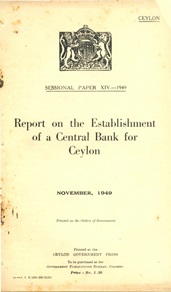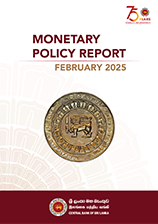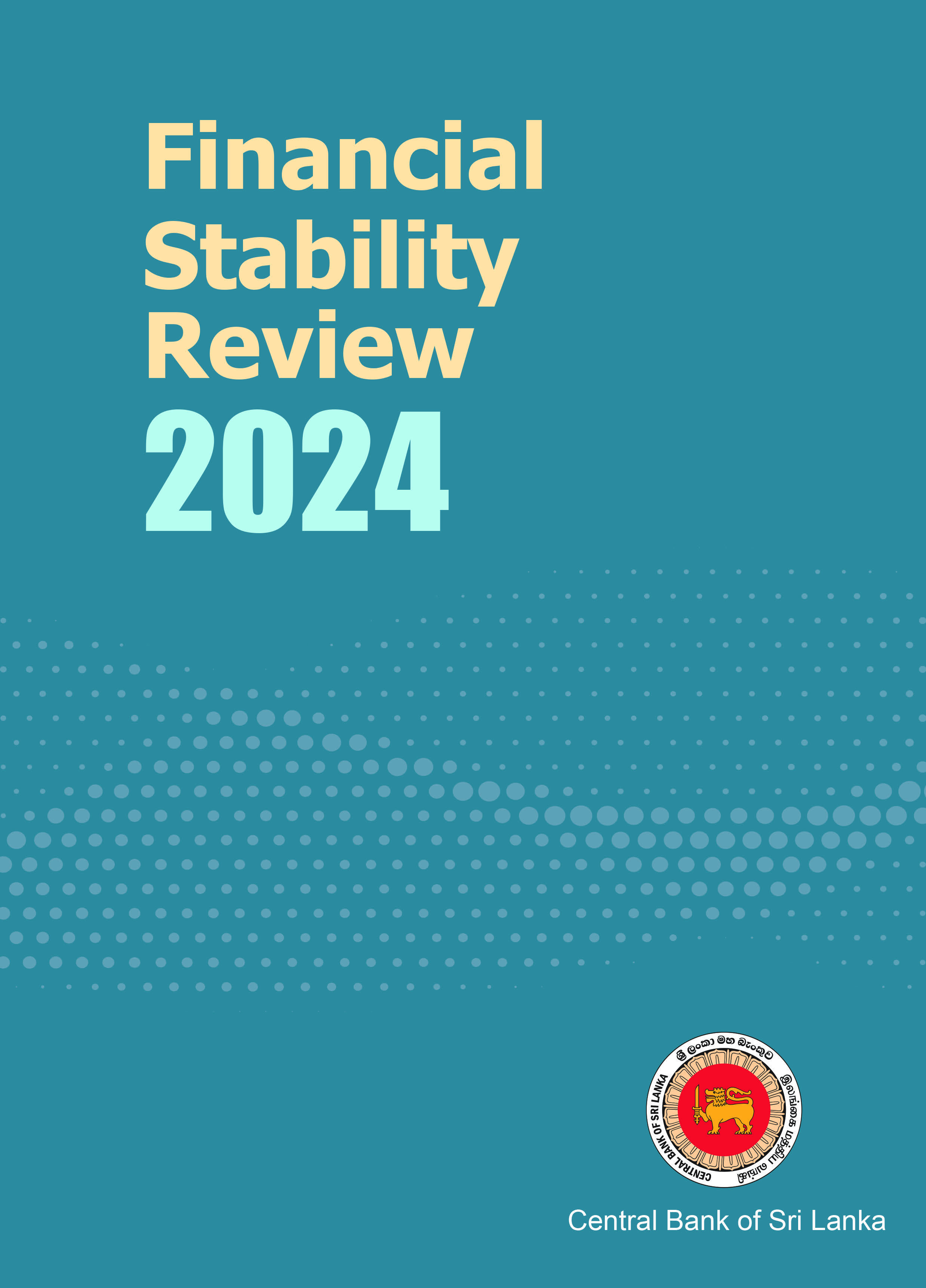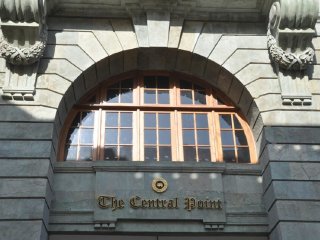Headline inflation as measured by the year-on-year change in the National Consumer Price Index (NCPI, 2013=100) increased to 1.2 per cent in January 2019 from 0.4 per cent in December 2018. The increase observed in year-on-year inflation in January 2019 is driven by the base effect and increase of prices of items in Non-food category. Year-on-year Non-food inflation increased to 6.5 per cent in January 2019 from 4.7 per cent in December 2018. However, year-on-year Food inflation decreased further to -4.8 per cent in January 2019 from -4.5 per cent in December 2018.
The change in the NCPI measured on an annual average basis decreased to 1.8 per cent in January 2019 from 2.1 per cent in December 2018.










